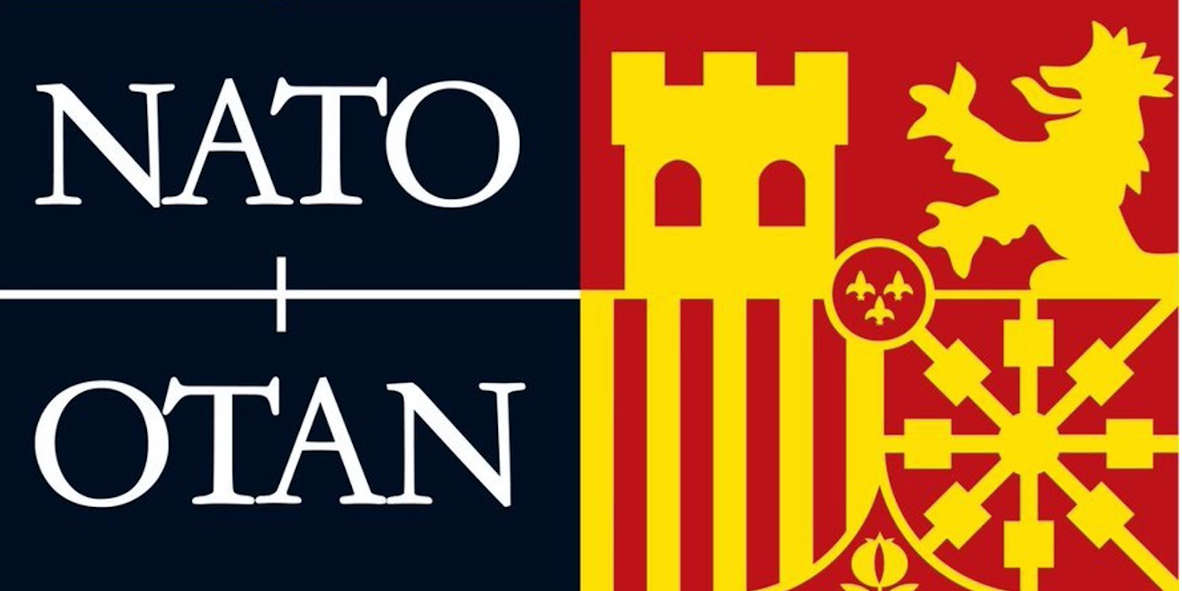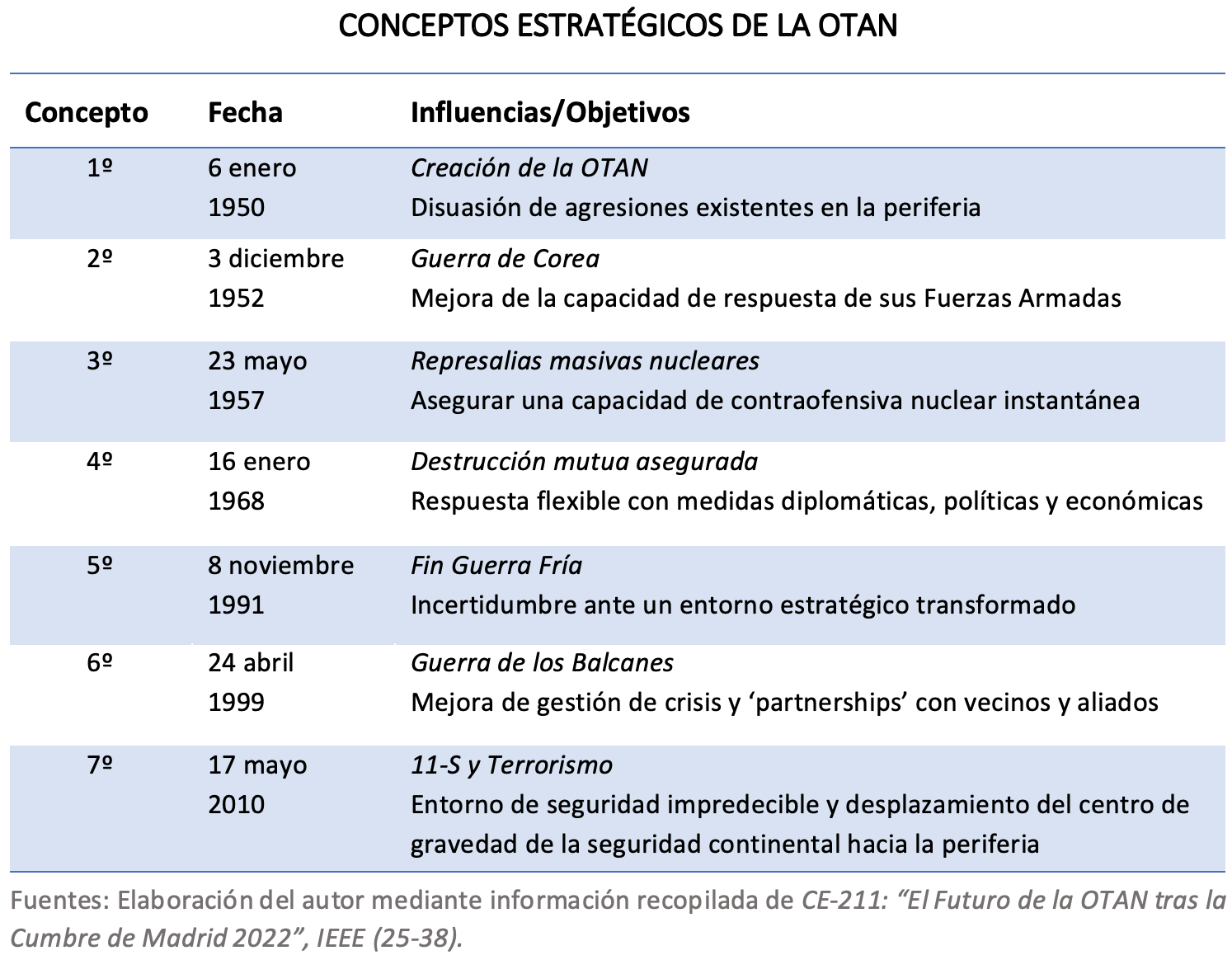In the picture
Logo section for the NATO Madrid Summit on 29-30 June 2022
framework NATO is meeting in Madrid on 29-30 June for a decisive summit. In the midst of tensions with Russia over Russia's invasion of Ukraine and Sweden and Finland's desire to join the organisation, the Alliance must approve a new strategic concept for the next ten years. We review here the content of previous strategic concepts and the circumstances that led to their adoption.
More than seventy years after its creation, the North Atlantic Alliance will publish its new strategic concept in 2022. This will be the eighth concept in its history and will be significantly shaped by the context of the war between Ukraine and Russia, as well as the need to strengthen ties between Europe and the United States. The previous concepts were also shaped by the international particularities of the time. It is useful, therefore, just a few weeks before the expected quotation in Madrid, to review the Alliance's strategic evolution in order to understand the influences and legacies that affect the new concept.
The predecessor documents that will be joined by the latter in 2022 can be divided into two blocks. On the one hand, the first four, published in the international context of the Cold War, focused on deterrence and collective defence as the main tools. On the other hand, the three that preceded them, published in different geopolitical contexts, have reflected in a particular way the challenges and threats that the allies faced at the time of their publication.
NATO and the Cold War
The first of these, published in 1950, was undoubtedly influenced by a rapidly changing international context, but above all by a common enemy: the Soviet Union. This first concept placed particular emphasis on deterring the enemy. In this way, armed military intervention was to be avoided as much as possible, leaving recourse to it only as a last resort written request. Above all, the goal of the Alliance in the early years of its existence focused on trying to make the Soviet bloc see that armed intervention was not in its interests and that, if provoked, NATO would be able to mount an effective defence. However, this early Alliance product quickly became obsolete.
Shortly after its publication, numerous events dramatically changed the international landscape, not least of which was the Korean War. In the aftermath of this conflict, the second concept emerged in which NATO eloquently expressed its new understanding of Europe two years later: Soviet ideological influences were not restricted exclusively to the USSR's immediate geographical environment, but Europe could also be affected by currents of communist ideology. Thus, with several changes in the world framework in addition to the war, not least the appointment of General Eisenhower as Supreme Allied Commander in Europe, this second publication revolved around the question of Germany's future and its role in the Alliance.
Another event that undoubtedly marked a turning point at the international level and also in the Atlantic Alliance was the emergence of nuclear weapons with the potential for mass destruction. With Eisenhower's accession to the American presidency, the development of these weapons took centre stage B, as reflected in NATO's subsequent strategic concepts. Thus, the main obsession of the organisation's third concept was to develop the capabilities to provide an immediate response to any Soviet nuclear attack. Known as "massive retaliation", this doctrine remained in force for more than 10 years, during which time the political aspect of the Alliance was reinforced (with the well-known report of the Three Wise Men).
In 1968, NATO's fourth and final Cold War concept was published, this time focusing on the so-called "doctrine of flexible response". The organisation's pretext of nuclear-balanced deterrence, which it had maintained for the past decade, was renamed Mutually Assured Destruction (MAD), but it did not ensure that the Alliance would not be threatened by the USSR. Thus, with Kennedy's arrival in the White House, the new strategy sought to place greater emphasis on diplomacy and economic, political and military options. Thus, this concept was kept valid until the end of the Cold War through its instruments and high flexibility.


